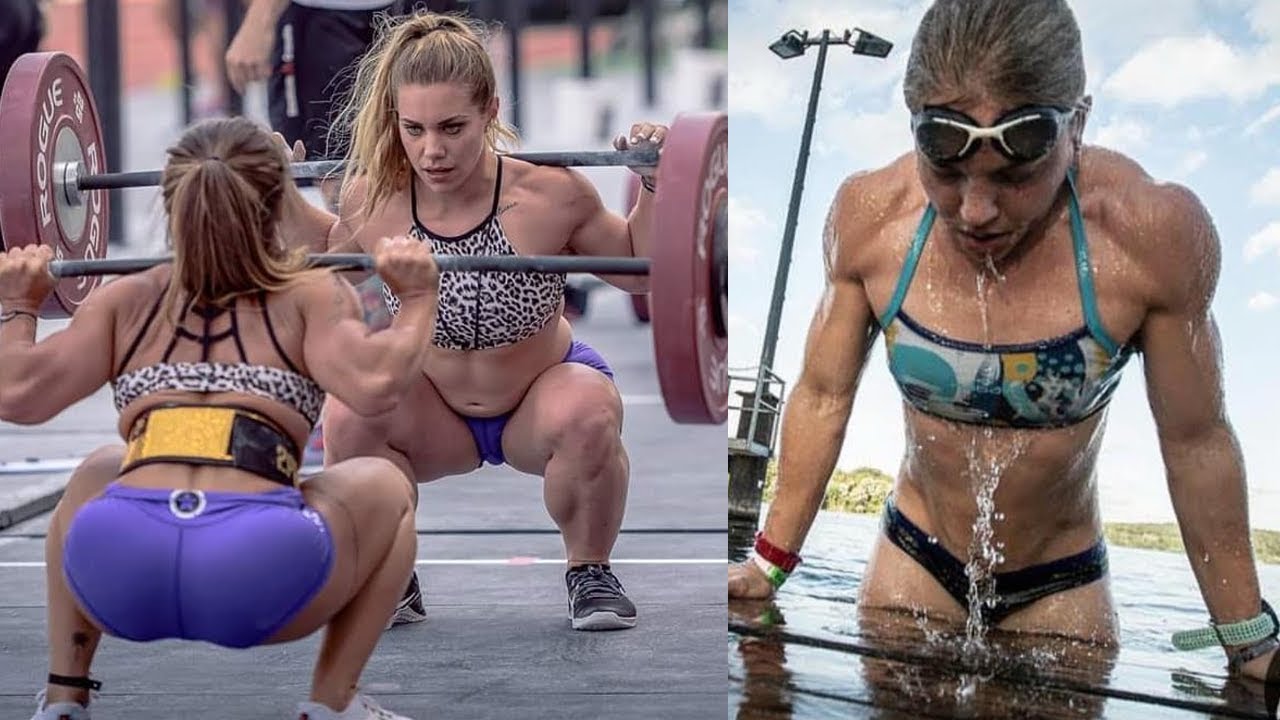Have you been working hard at your BOX? I bet you’re continually looking for ways to increase strength and improve your cardiovascular fitness. Because intense workouts are nothing new to the Crossfit crowd and elite bodybuilders.
If you’re like most, you’re always looking for a little help to push you through your grueling workouts. The key to success on your upcoming workout starts immediately following your last workout. I’m not just talking about recovery, although that’s extremely important, but we need to consider the building of stronger muscle and the body’s ability to prepare for the next intense exercise session. Improvement and recovery are more than simply resting or getting a good night’s sleep. In fact, the single physiological factor that will drive your performance and help you hit the impossible numbers is your body’s ability to enhance its muscle protein synthesis (MPS) capability.
What Is Muscle Protein Synthesis?
Muscle protein synthesis is the act of repairing damaged muscle tissue by either replacing or improving the protein structures that form the muscle cell and perform the contractile actions. Structurally, there are several components that undergo remodeling as a result of the pounding placed on them by exercise. But the damage is a result of the specific stresses; thus, the MPS process will specifically attempt to repair the tissue to withstand that type of exercise for the future. Essentially, this means your muscle’s shape, size, strength, power, speed, and endurance attributes are achieved by MPS under the auspices of a select group of parameters you set.
Notice I didn’t say that the exercise sets. Remember, you control your actions, and it is up to you to determine your tolerance levels. Additionally, your choice of exercise, the rate at which you perform it, and the total volume will affect how your muscle responds, grows, and eventually helps improve your performance.
Recover and Rebuild
While there is no miracle elixir that will deliver everything you ever wanted, there is a solution that will ensure you continue to maximize your performance at every workout. The body is plastic in nature, which means it regularly undergoes change and adapts and molds based on need. That need is created by the stresses you ask it to tolerate, not only in your hard workouts but throughout the entire day.
The body is in a continual state of breaking down proteins and building them back up to be stronger for its next job—it is perpetually in protein synthesis. Your body thrives on having energy—something everyone seems to concentrate on—but more importantly, no matter how much energy you have, if your body has not had a complete overhaul (recovered and rebuilt) from the last workout, your next workout surely won’t be as successful. Even worse, over time, that inability to properly rebuild will catch up, and eventually, you will find limiting gains or even drops in your performance.

Now I am not a regular at the endurance thing, nor do I engage much in Crossfit workouts, but I am hardcore when it comes to performance, and whether you train to be a bodybuilder, a professional sport athlete, or are simply exercising to look good, the physiological parameters the body follows are the same. Motivation, desire, etc., are part of your ability to get psyched-up and ready and your ability to feed off your trainer, training partner, or others in the room.
Seeing as I cannot be there to help you with your progressions, examine your technique, or scream at you until you complete the rep, I am going to discuss the physiological aspects of how the body works—the “what your body is trying to tell you, but you aren’t listening to”—so you can help it do its job more efficiently.
Whether looking to improve your VO2max (aerobic capacity) or your ultimate strength and power, the same rules always apply. Remember, the body responds and adapts to training based on the specific stresses placed upon it. The longer and harder you train, the more the body adapts. The more you train for endurance, the better the body can handle longer duration, and the more you train for power and speed, the faster your body becomes.
It should be clearly understood that all forms of exercise stress the body and force MPS to occur. In fact, it could be strongly argued that a marathon runner undergoes more MPS than any athlete due to the high number of constant repeated muscle contractions.
The Role of Proteins and Bio-Active Peptides
That being said, and knowing full well that you are in control of your body’s destiny, it would be smart, no matter what kind of exercise you perform, to include proper nutrition to enhance MPS. In fact, due to the type of exercise and hard-core workouts Crossfitters perform, it seems it would be even more important to help your muscles out a little bit. And while there are many ways to help the body, including proper diet, general nutrition, and good exercise pre-workout prep, nothing will help fuel MPS better than proteins. So the logical questions are: “What kind of protein do I need? How much should I use? And when should I take it?”
Any protein will help. Specific forms of protein may be better than others. Each form of protein has its advantages and disadvantages, but when it comes to activation, there is a new breed of supplements that utilize the very powerful effects of some highly concentrated protein-building molecules. Bio-active peptides, while not new, are making their way into the exercising world as their benefits seem to exceed that of any other protein.
What are bioactive peptides? They are protein chains—specific combinations of amino acids that form key molecules that activate specific pathways. In the case of MPS, bioactive such as proline-rich peptides and growth factors help improve both the rate and the efficiency of activation. These super tiny micro-concentrated peptides, with their unique sequence, can either make or break your body’s ability to recover and rebuild.
Interestingly, since the bioactive peptides are so concentrated, they possess characteristics that work beyond the scope of the normal MPS pathways. Bioactive Peptide’s unique profile of constituents are sourced from the purest forms of colostrum. It has additional benefits from immunoglobins, lactoferrin, fibroblast growth factors, along with other key attributes that help with recovery and immune function.
The combination ensures that not only the MPS pathways are being ignited but that typical issues associated with protein utilization and recovery are also being handled. This means, if you use Proteins and Bioactive Peptides throughout the day or at key times where protein breakdown is highest (around your training sessions), your body will have the ability to build muscle faster and recover much more quickly from strenuous exercise bouts.
Since bioactive compounds thrive on rebuilding and repairing, there is likely a further benefit from combining a solid dose of Bioactive Peptides along with your amino acids or whey proteins, as MPS may be heightened even further.
Conclusion
Bioactive Peptides suggest good news for Bodybuilders and Crossfitters or anyone who continually has the need to constantly push their body to the limits. You already know the commitment you need to make to ensure results, now you need to help your body get there. While it would be nice to just have the training to worry about, your success depends on your body’s ability to translate that training performance into the results you want.

